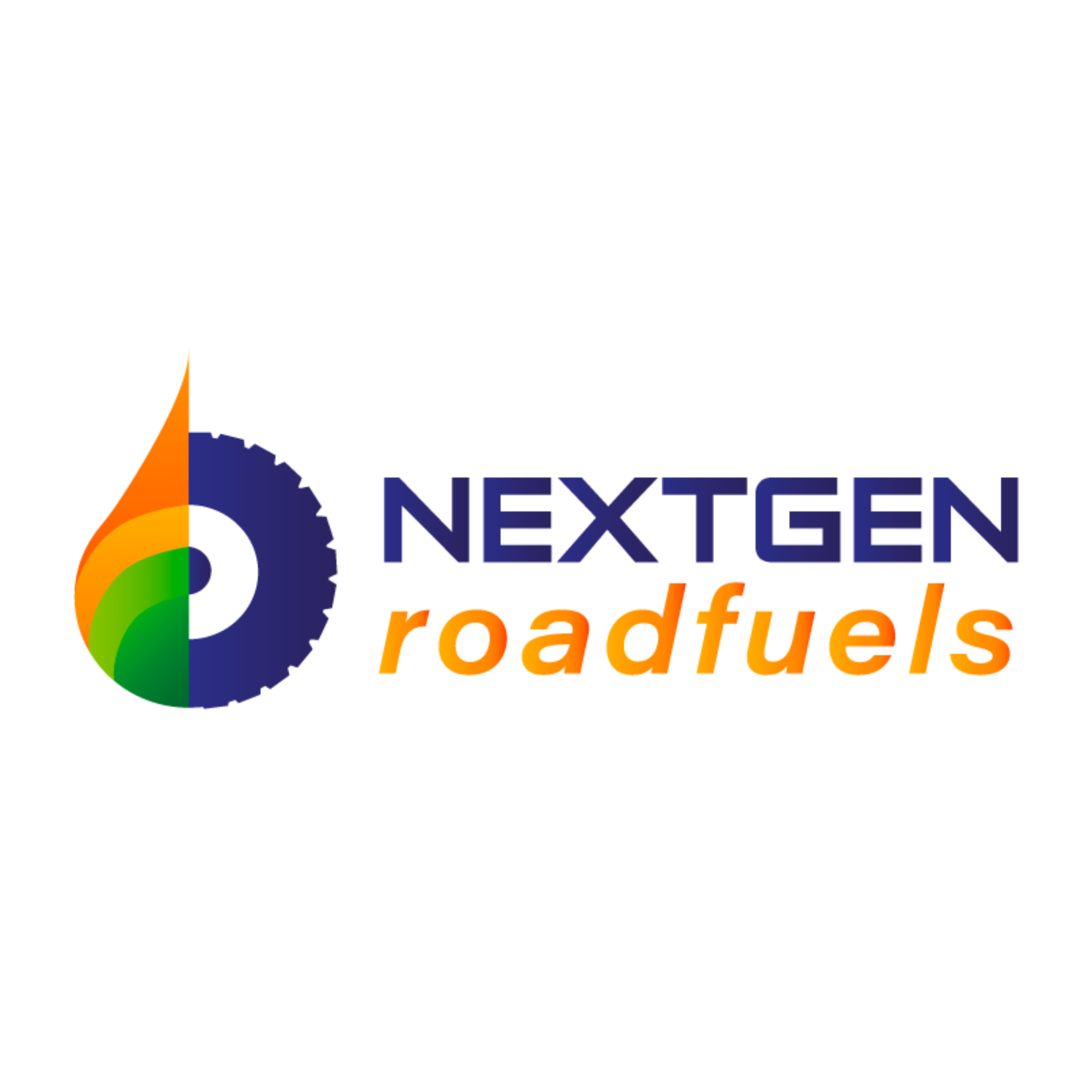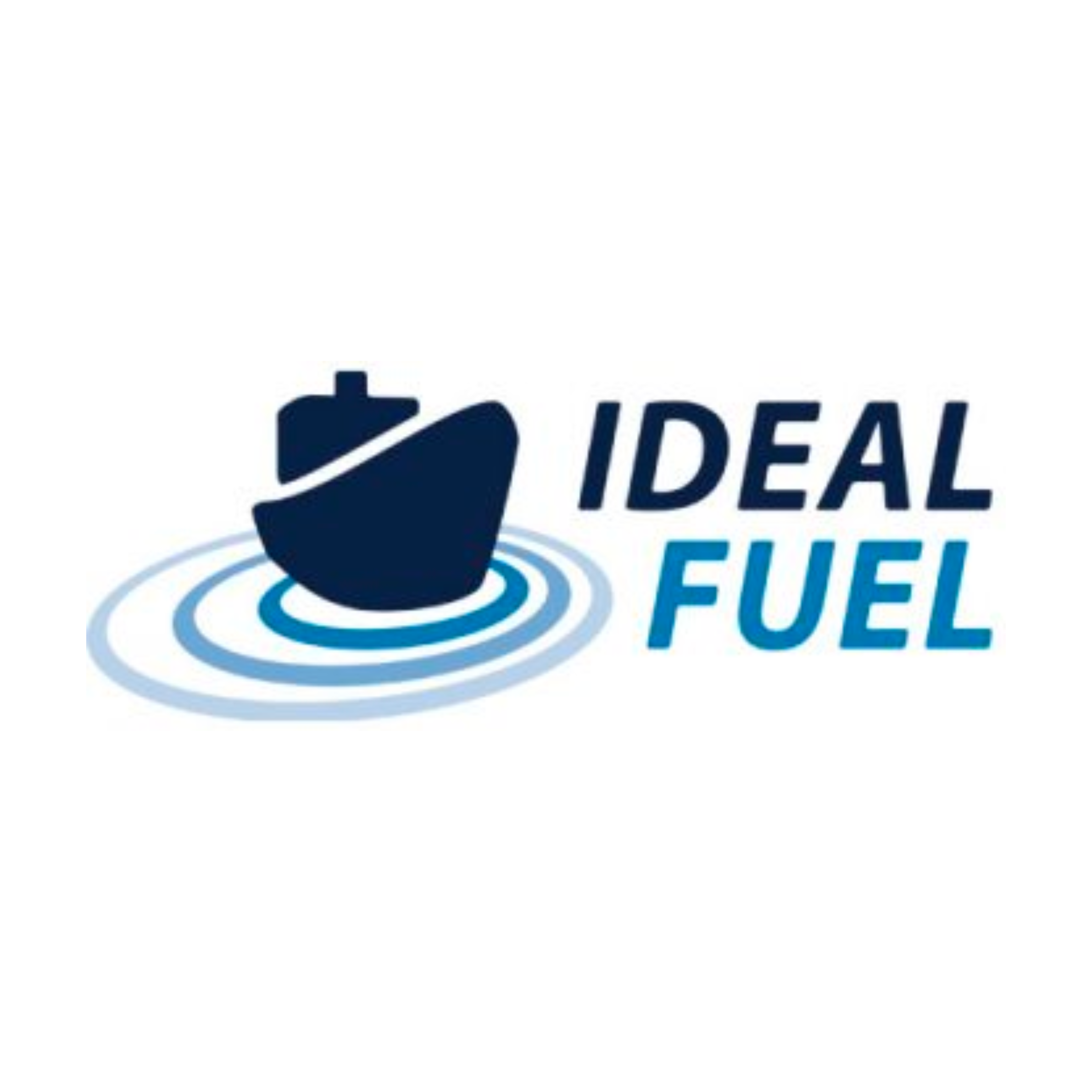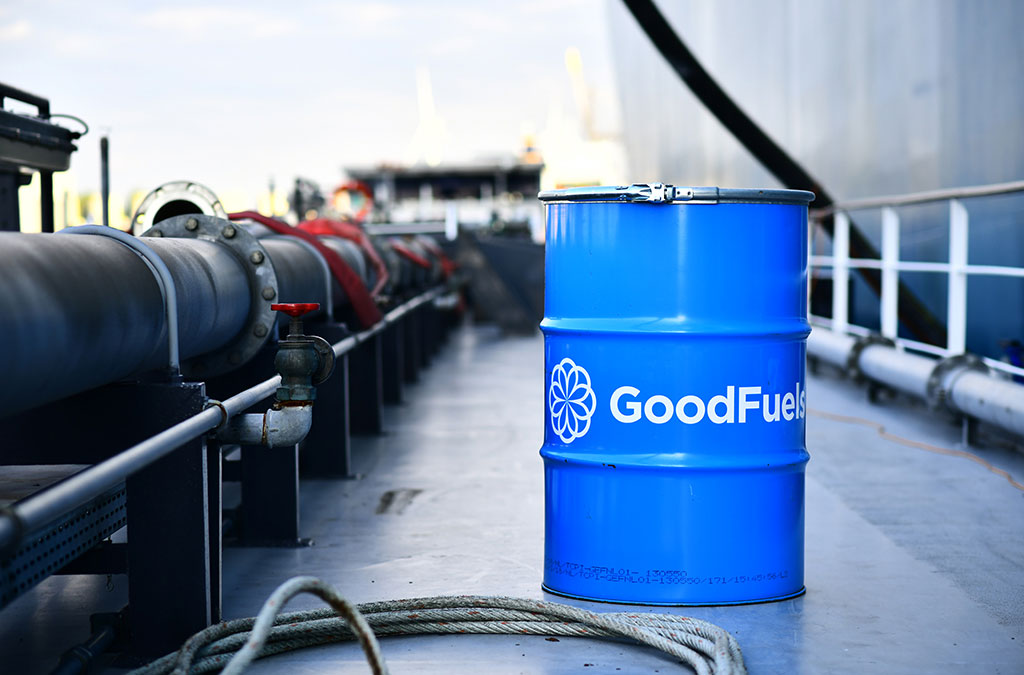
Innovation
Innovation: from lab to commercial application
We develop sustainable biofuels and biofuel blends in-house and together with our close partners such as universities, governments and energy producers. To scale the availability of truly sustainable low-carbon fuels, we constantly explore new alternative feedstocks and technologies.

.jpg?width=1900&height=1300&name=Goodfuel-Story-(85).jpg)
WHAT WE DO
As a transition partner, we accompany you in setting your sustainability goals and help you move towards a better world. From improving the performance of your fleet to making your transport carbon-neutral in the most cost-effective way.
A great example of our work is the introduction of worlds’ first sustainable drop-in Bio-Fuel Oil which directly replaces arguably one of the dirtiest fuel mankind invented. Currently, our Innovation team is working hard to scale supply as fast as they can- but without any compromise to our strict sustainability goals or quality.


Show, don't tell
EXAMPLES OF INNOVATION PROJECTS
EXAMPLES OF INNOVATION PROJECTS
Wood-residue
Sewage sludge
Saw dust
Lignin
Biomass waste
Wood-residue
Biomass technology group BTG has set up a new high-tech technology company that can convert crude pyrolysis oil into diesel fuel, suitable for the shipping sector. We are proud to work together with BTG to introduce this highly significant innovative technology in the Netherlands.


Sewage sludge


Saw dust


Lignin


You have questions, we got answers.
GoodFuels is a fast-growing, Netherlands based pioneer and global market leader in development, distribution, sales and marketing of second generation sustainable biofuels. GoodFuels’ biofuels are suited for a wide variety of transport segments – shipping and heavy-duty vehicles - for which biofuels are one of the best or only viable alternative in the foreseeable future.
GoodFuels works closely with feedstock owners, technology developers, research institutes and universities, to bring innovations from lab to commercial application. Together we develop high-quality, sustainable, scalable, and affordable biofuels.
GoodFuels’ biofuels meet the highest sustainability requirements and are reviewed by our independent sustainability board. This ensures that by using our products you are really contributing to a better world.

Still questions?
Please contact me!
Please contact me!















